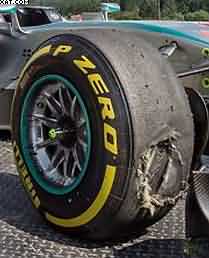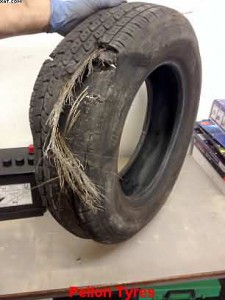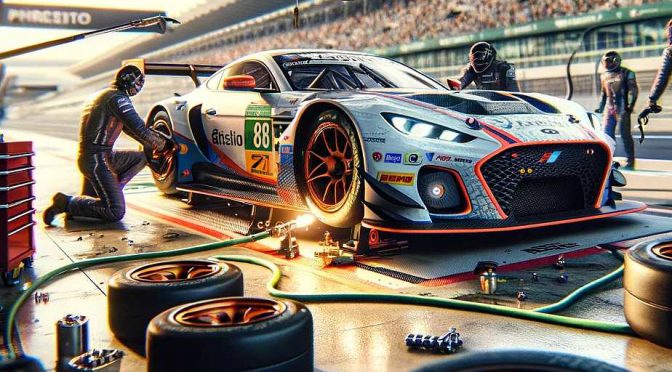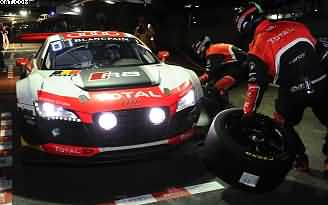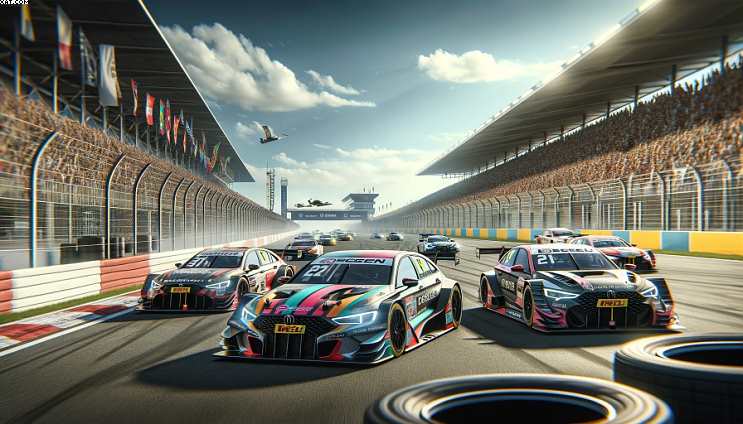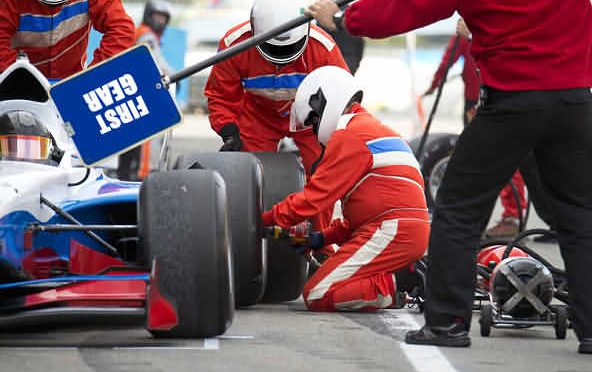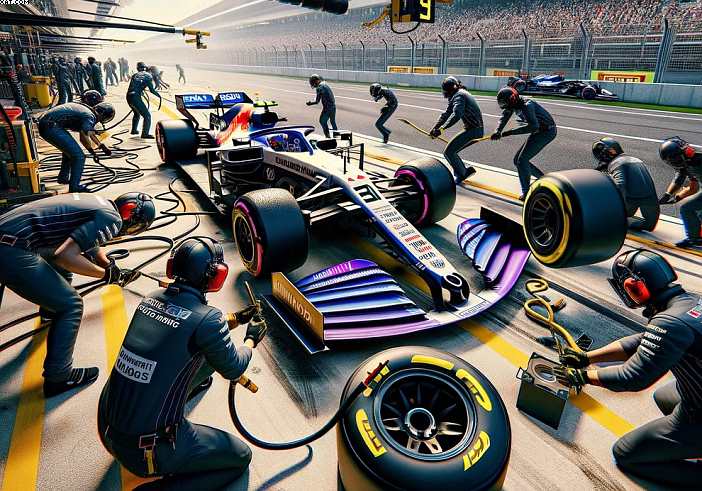Table of Contents
Pirelli tyre failure
Pirelli tyre failure
“We have conducted a thorough investigation to find out exactly what happened with Nico’s tyre,” said Pirelli motorsport head Paul Hembery. “This investigation now excludes any structural integrity issues.
Pirelli tyre failure caused by a cut?
The image of the tyre depicts the Pirelli tyre failure in question. The tyre had a blowout on the F1 car of Mercedes driver Nico Rosberg. So, as with any tyre blowout, the experience was, to put it mildly, unpleasant.
Tyre blowouts on regular cars can lead to horrific circumstances! Particularly at high speeds. This was one of the reasons that “run-flat tyres” were developed. This type of tyre is able to withstand a blowout. because it has been developed with stronger side walls. As a result, it can withstand a sudden drop in tyre pressure.
Pirelli has examined
the Pirelli tyre failure in question. Of course, and we’ve arrived at a conclusion! An external cut subsequently caused the damage and subsequent blowout.
Head of Pirelli motorsport, Paul Hembery, said… “We have conducted a thorough investigation to find out exactly what happened with Nico’s tyre,” and that…”This investigation now excludes any structural integrity issues. Based on the information and data available, an external source of damage is the conclusion made.”
As the owner of a tyre shop for many years, we often come up with such problems on the regular car tyres of our customers and there
There can be several reasons for this sort of problem. The difficulty comes when the tyre is completely shredded. This is due to a blowout at high speed, the same as what Nico Rosberg has suffered. He described the incident as “heart stopping” as he approached part of the race track known as “Blanchimont” at Spa at high speed, full throttle.
When this happens, you really need to hold your nerve and control the car as best you can. This is something that you can’t really practice, and you hope that it never happens to you.
In my opinion,
The tyre in the image looks like some sort of construction breakdown; there is a clear wear area, similar to a brake lock situation where the tyre tread is scrubbed away in the spot when the brakes locked. On boy racer cars, this is common. The tyre then eventually breaks down completely, often blowing out in the damaged spot.
We have to leave it to the experts, in this case Pirelli tyres, because we haven’t seen the tyre on the F1 car.
- SportContact 6-Continental tyres
- SEALANT Tyres From Kumho
- Slashed tyres-100 tyres slashed
- Canada Weather Tough Tyres
- Winter tyre market in Belgium
Sourced through Scoop.it from: www.sbs.com.au

